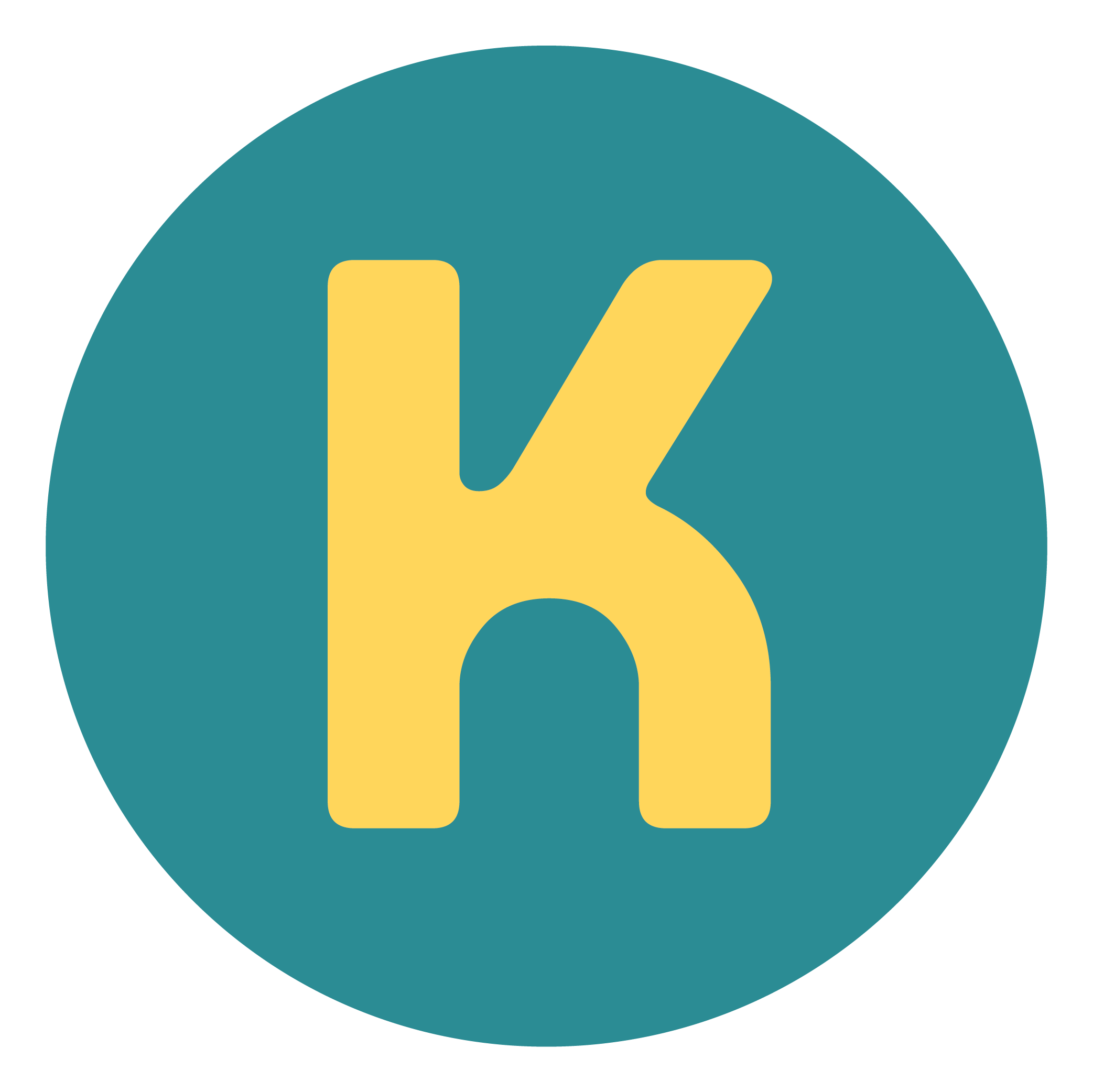UX Design and Dirty Dishes
For the next few weeks, the KRUTSCH team will share the ways they utilize their design thinking skills throughout all facets of life to approach problems, improve ways of working, and enhance common patterns and processes. As the Associate Director of UX Design, I thought I'd kick off this series of posts with my take on our approach to problem solving via great design.
Design Thinking in The Real World
Design Thinking is the philosophical approach to problem-solving that stems from the principles of human-centered design. Meaning that rather than focusing on the problem itself, we focus on the solution that's beneficial to real human needs. So let’s focus on a real world problem together.
Week after week, your dishes keep piling up in the sink. This creates clutter and a dirty kitchen that becomes hard to manage. You could come up with a solution by focusing on the problem- your kitchen always being dirty. But if we do not also consider how you use the kitchen and address the cause for the mess, are we actually improving anything?
To approach the problem using design thinking would be to iterate on a solution that benefits the person (you) behind the problem (your mountain of dirty dishes in the sink). So what does that actually look like? Let's break it down.
Discover and Learn
By stating the problem, we've already leapt into our Discovery Phase. Our first steps here are to learn, define, and clarify your problem. Just like we would within the realm of UX Design, we need to understand and think like our user (i.e. you). User Research is paramount in designing a solution that is actually beneficial. This is why we observe, ask questions, and really listen to the user.
So back to our kitchen problem…
We observe that you have a daily struggle in keeping up with the dishes. As a result, you get overwhelmed, the dishes continue to pile, it becomes a bigger problem, and then doesn't get addressed until there's no other option but to do the dishes because there are no more clean spoons leaving you to try and eat cereal with disposable chopsticks.
When we take the time to then learn about your problem, and the struggles you're having, we might unveil that the problem is that you're overworked, over tired, juggling too much at once, and you own too many dinner plates.
Ideate
With an understanding of your problem and your behavior, we can begin to help and provide solutions. Like everything in design, this is far from a linear process. Finding the best solution to your problem may take several iterations. For example, we may start thinking of ways to minimize your workload, increase the amount of rest you're getting, and if there are ways to delegate kitchen responsibilities to others in the household.
With some ideation complete, you can develop those proposed solutions. Maybe you start by trying to get more sleep at night and turn off your phone so you aren't distracted by work email. And maybe you learn that it's still not producing the desired outcome, so you take a stab at another iteration, and reduce the number of plates in rotation forcing you to to wash more frequently. With any kind of problem; Iterative design, testing, research, and a healthy dose of optimism ensures we find the winning combination.
A Recommended Solution
Once you have a solution that works, you can implement it into your life, and repeat it on a regular basis. Design Thinking is a practice. Real solutions to problems, whether they are related to the design of an existing product for your client or an existing problem in your everyday life, don't just happen magically. When Design Thinking becomes habitual, it allows you to create solutions to problems that keep the user (or yourself) as the focal point.
End Note
Follow us on LinkedIn to see the next article in your feed.
Rachelle Abernathy is the Associate Director of UX Design at KRUTSCH, whose work focuses on integrating beauty into the pragmatic function of our everyday life. She is committed to finding creative and efficient solutions to design and business challenges.


